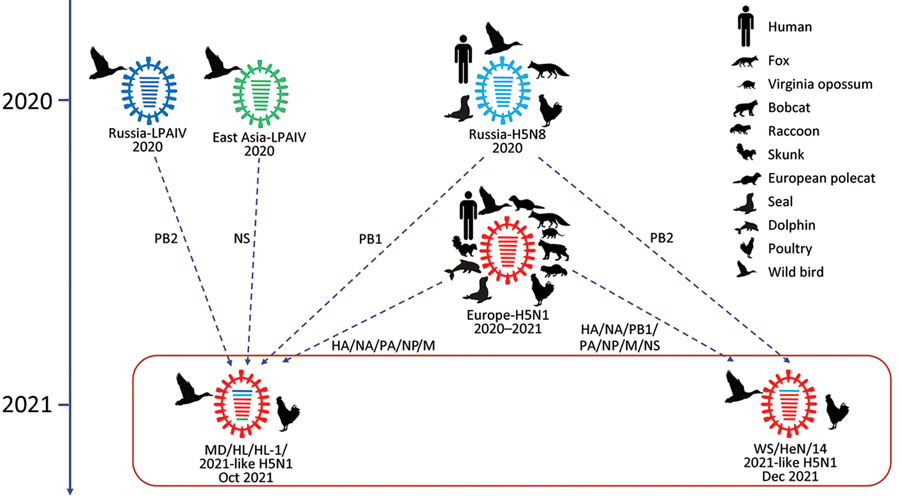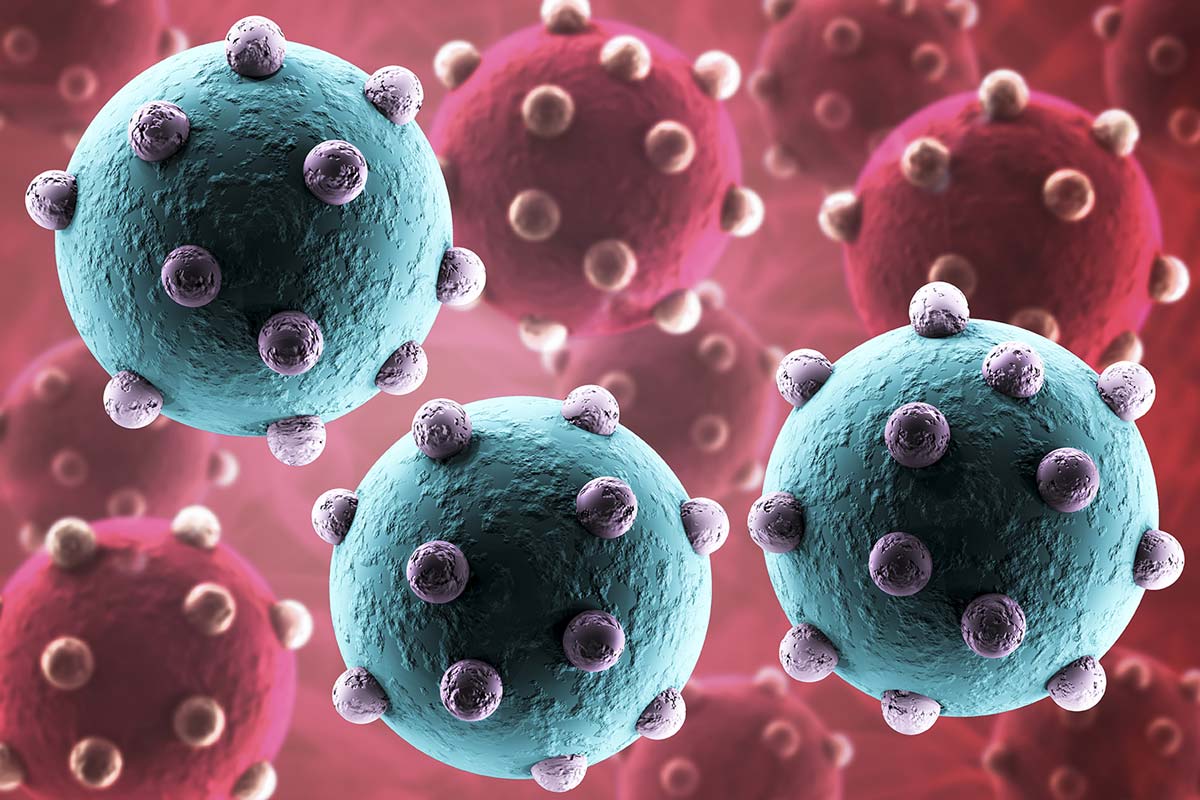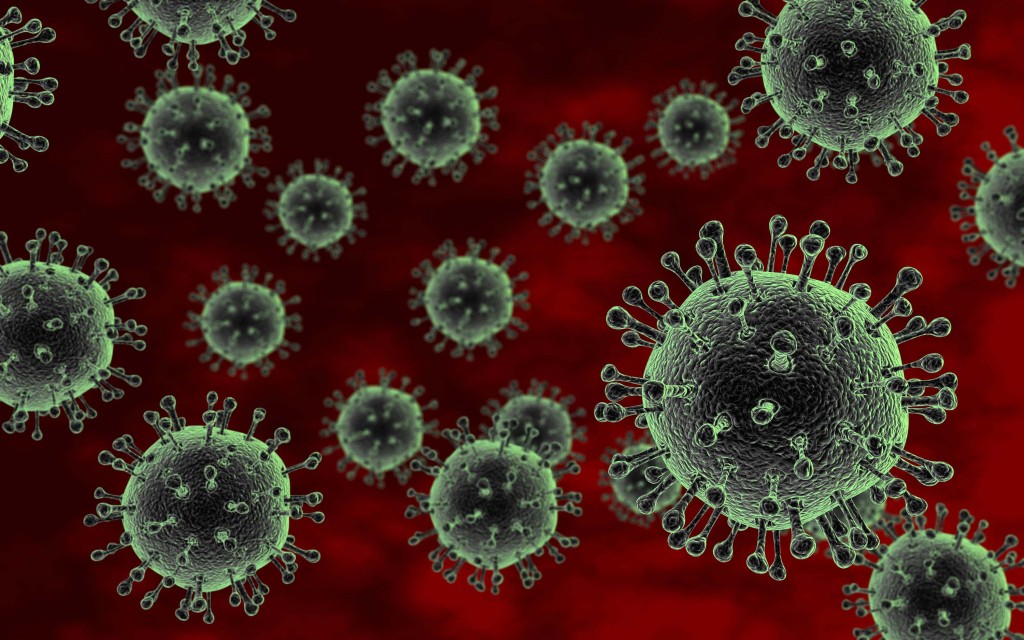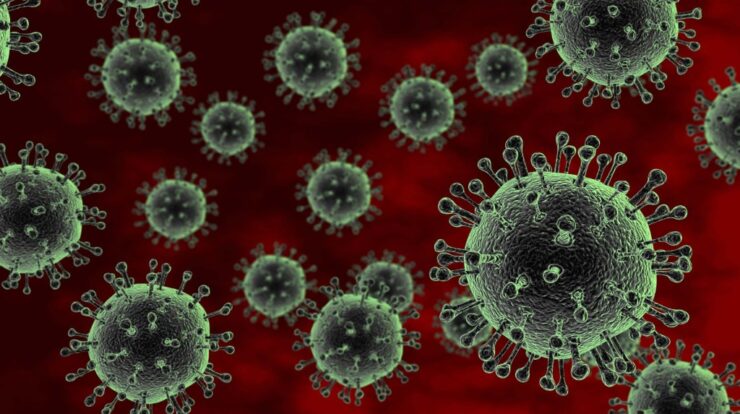
The H5N1 pandemic, a looming threat to global health, has captured the attention of scientists, policymakers, and the public alike. This highly pathogenic virus has the potential to trigger a widespread outbreak with devastating consequences, prompting urgent action to mitigate its risks.
Understanding the nature of the H5N1 virus, its pandemic potential, and the strategies for prevention and control is crucial in preparing for and responding to this potential global health crisis.
H5N1 Virus Overview
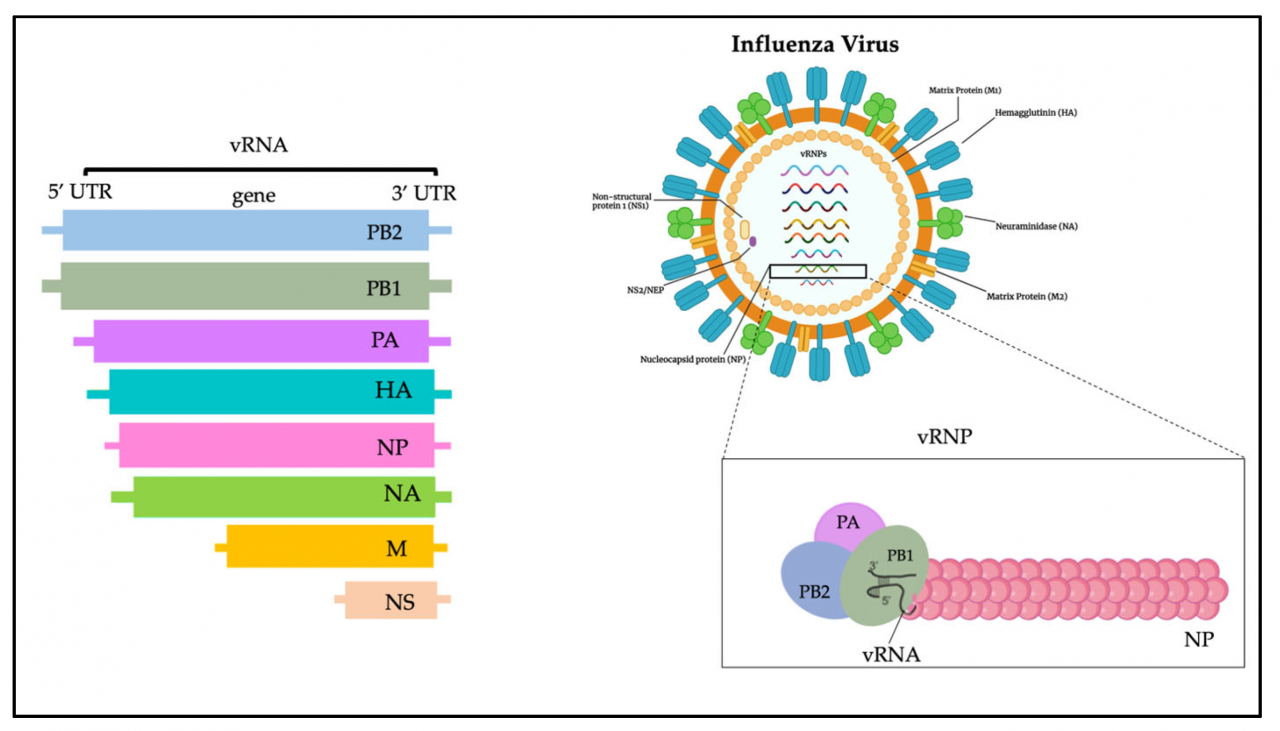
The H5N1 virus is a highly pathogenic avian influenza virus that can cause severe respiratory illness in birds and humans. It is a subtype of the influenza A virus, which is responsible for causing seasonal influenza in humans.
H5N1 is primarily a bird virus, but it can occasionally infect humans through contact with infected birds or their secretions. Transmission occurs through the inhalation of respiratory droplets or contact with contaminated surfaces.
Transmission Methods
- Contact with infected birds or their secretions
- Inhalation of respiratory droplets from infected birds
- Contact with contaminated surfaces or objects
Symptoms, H5n1 pandemic
- Fever
- Cough
- Sore throat
- Muscle aches
- Headache
- Respiratory distress
- Pneumonia
- Multi-organ failure
Historical Outbreaks
H5N1 was first identified in 1997 in Hong Kong and has since caused sporadic outbreaks in poultry and humans in various parts of the world.
Major outbreaks have occurred in:
- Southeast Asia (2003-2004)
- China (2013-2014)
- Europe (2014-2015)
- North America (2014-2015)
Geographical Distribution
H5N1 is endemic in poultry in Southeast Asia and has been reported in birds in over 60 countries worldwide.
Human cases have been reported in Asia, Africa, Europe, and North America.
Closing Summary: H5n1 Pandemic
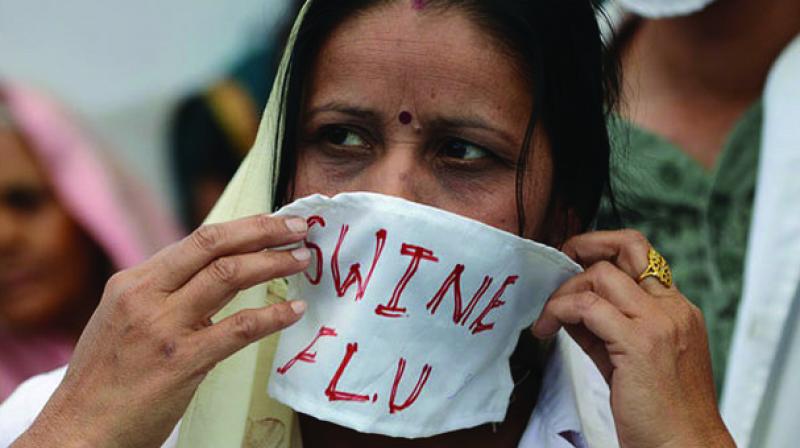
The H5N1 pandemic poses a significant challenge to global health, requiring a concerted effort from governments, public health organizations, and the scientific community. Through surveillance, research, and proactive measures, we can mitigate the risks associated with this virus and protect the health and well-being of our communities.
